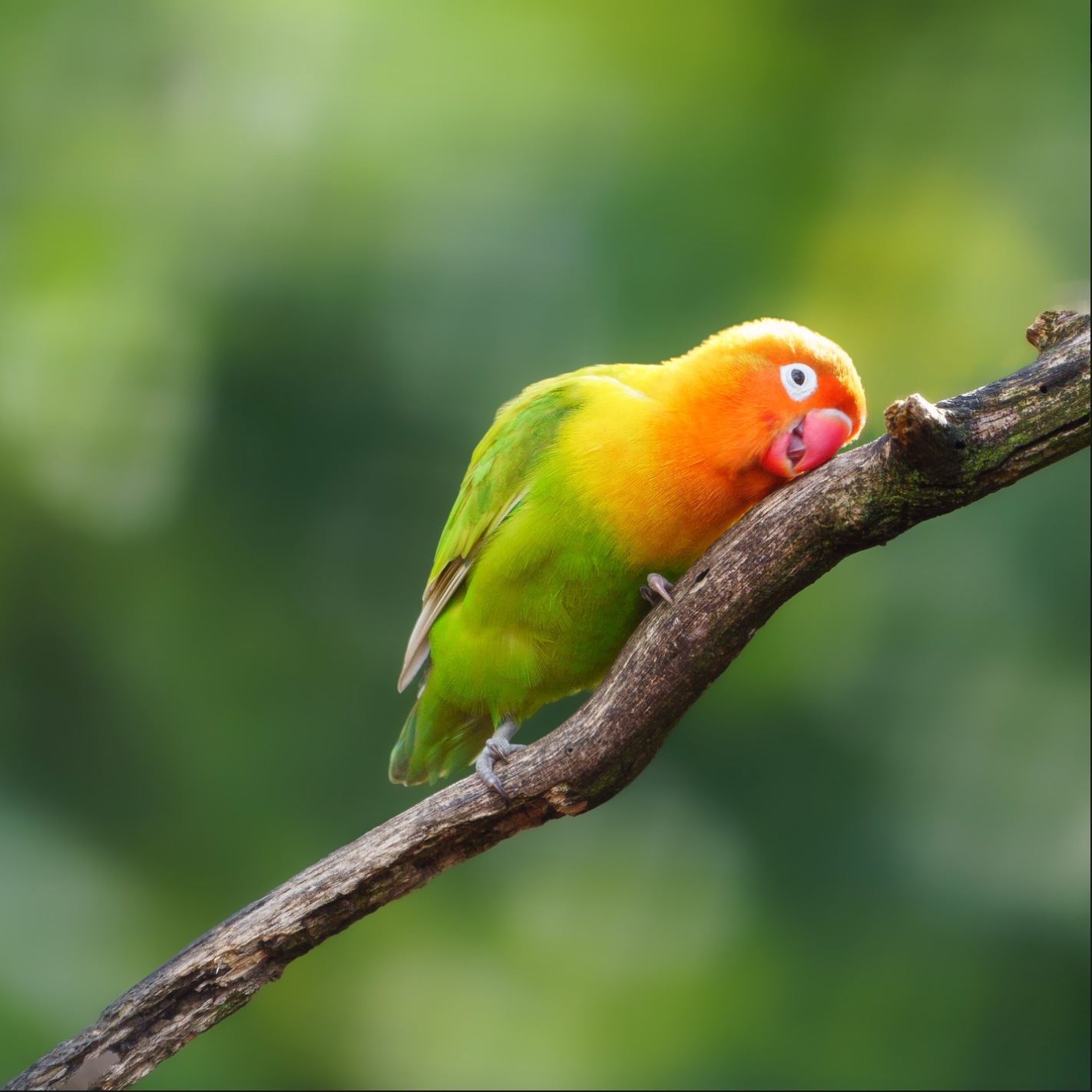Bird Grooming Essentials

Bird Grooming Essentials
SUMMARY
Keep your pet bird looking and feeling its best with proper grooming techniques. This guide covers everything from nail and beak care to bathing and feather maintenance, ensuring your bird stays healthy, comfortable, and well-groomed.
FEATURES
- Nail Trimming: Learn when and how to safely trim your bird’s nails.
- Beak Maintenance: Understand how to prevent overgrowth and support natural wear.
- Feather Care: Promote healthy preening and manage molting cycles.
- Bathing Methods: Discover different ways to keep your bird’s feathers clean.
- Preening Support: Encourage natural grooming habits for a healthy coat.
- Molting Assistance: Help your bird through its seasonal feather shedding.
- Wing Clipping (Optional): Weigh the pros and cons of wing trimming.
- Grooming Safety Tips: Avoid stress and injury during the grooming process.
DESCRIPTION
Regular grooming is essential for maintaining a pet bird’s health and comfort. Proper nail, beak, and feather care ensure that your bird can move, eat, and preen without difficulty. By understanding grooming essentials, you can help your bird stay clean, well-maintained, and stress-free.
Nail trimming is one of the most common grooming tasks for bird owners. Overgrown nails can cause discomfort, difficulty perching, or even injury. Using a bird-safe nail clipper or rotary tool, trim the sharp tips carefully while avoiding the blood vessel inside the nail, known as the quick. If the quick is accidentally cut, styptic powder can help stop bleeding. Providing natural wood perches and cuttlebones can also help keep nails naturally worn down.
Beak maintenance is another crucial aspect of bird grooming. While healthy birds naturally wear down their beaks through chewing and eating, some may develop overgrowth due to dietary imbalances or health conditions. Providing hard foods, wooden toys, and mineral blocks can prevent beak overgrowth. If the beak becomes excessively long or misshapen, professional trimming by an avian vet may be necessary.
Feather care plays a major role in a bird’s overall well-being. Birds spend a significant portion of their day preening, which helps clean feathers, distribute natural oils, and remove dirt. You can support this process by offering bathing opportunities. Some birds enjoy misting with lukewarm water, while others prefer shallow water dishes or gentle showers. Bathing not only keeps feathers clean but also reduces dust and helps with molting.
Molting is a natural process where birds shed old feathers and grow new ones. During this time, birds may appear scruffy and be less active due to the energy required for feather regrowth. You can assist by providing extra protein in their diet, misting them to soothe irritation, and ensuring they have access to comfortable perches for rest.
Some owners choose to clip their bird’s wings to limit flight and prevent accidents. If you decide to clip your bird’s wings, it’s important to do so correctly to avoid injury and allow for controlled gliding. Wing clipping should always be done with caution, and some bird owners prefer to keep their birds fully flighted for natural exercise.
Grooming safety is essential to prevent stress or injury. Birds should always be handled gently, with short grooming sessions to avoid overwhelming them. If your bird becomes anxious during nail trims or bathing, gradually desensitize them to the process by introducing grooming in a calm and positive manner.
By regularly grooming your bird—trimming nails, supporting beak health, maintaining feathers, and providing safe bathing options—you can keep them comfortable, healthy, and looking their best. A well-groomed bird is a happy bird, and proper care enhances their overall quality of life.
- sri palani

Comments 0